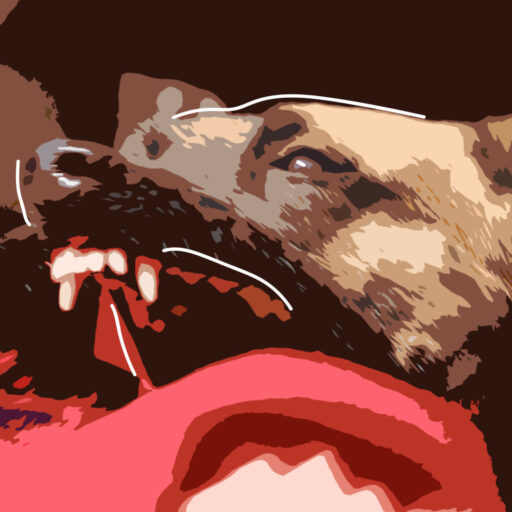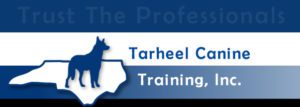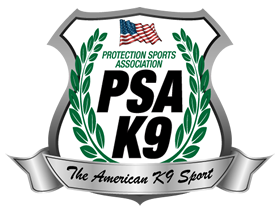Better Decoying for Police K9 and Sport
Better Decoying for Police K9 and Sport
In this episode, Jerry Bradshaw discusses:
- The difference between a trial decoy and a training decoy.
- Ways to be a better decoy for your club and what you need to do to become a certified decoy.
- Knowing your skills, the theory, and how to put them in practice
- The importance of understanding defense.
Key Takeaways:
- Know your training progressions and skills progressions to best train the dog.
- There is more to learning to be a decoy than just experience. Search out other opportunities to learn, whether from video or books or seminars, not just experience.
- Be predictable and systematic in your training. Understand successive approximation.
- Everything you do in front of the dog must have a purpose.
- Teach young dogs that they win every single fight. Teach the dog that they control everything.
“There’s no ‘shoulds’ in dog training, there’s just what is with that particular dog.” — Jerry Bradshaw
Get Jerry’s book Controlled Aggression on Amazon.com
Contact Jerry:
Website: https://controlledaggressionpodcast.com/
Tarheel Canine Training: http://www.tarheelcanine.com/
Youtube: http://www.youtube.com/user/tarheelcanine
Twitter: https://twitter.com/tarheelcanine
Facebook: https://www.facebook.com/TarheelCanineTraining
Protection Sports Website: http://psak9.org/
Patreon: https://www.patreon.com/ControlledAggressionPodcast/creators & https://www.patreon.com/user/overview?u=12751896
Train Hard, train smart, be safe.
Show notes by Podcastologist Chelsea Taylor-Sturkie
Audio production by Turnkey Podcast Productions. You’re the expert. Your podcast will prove it.


